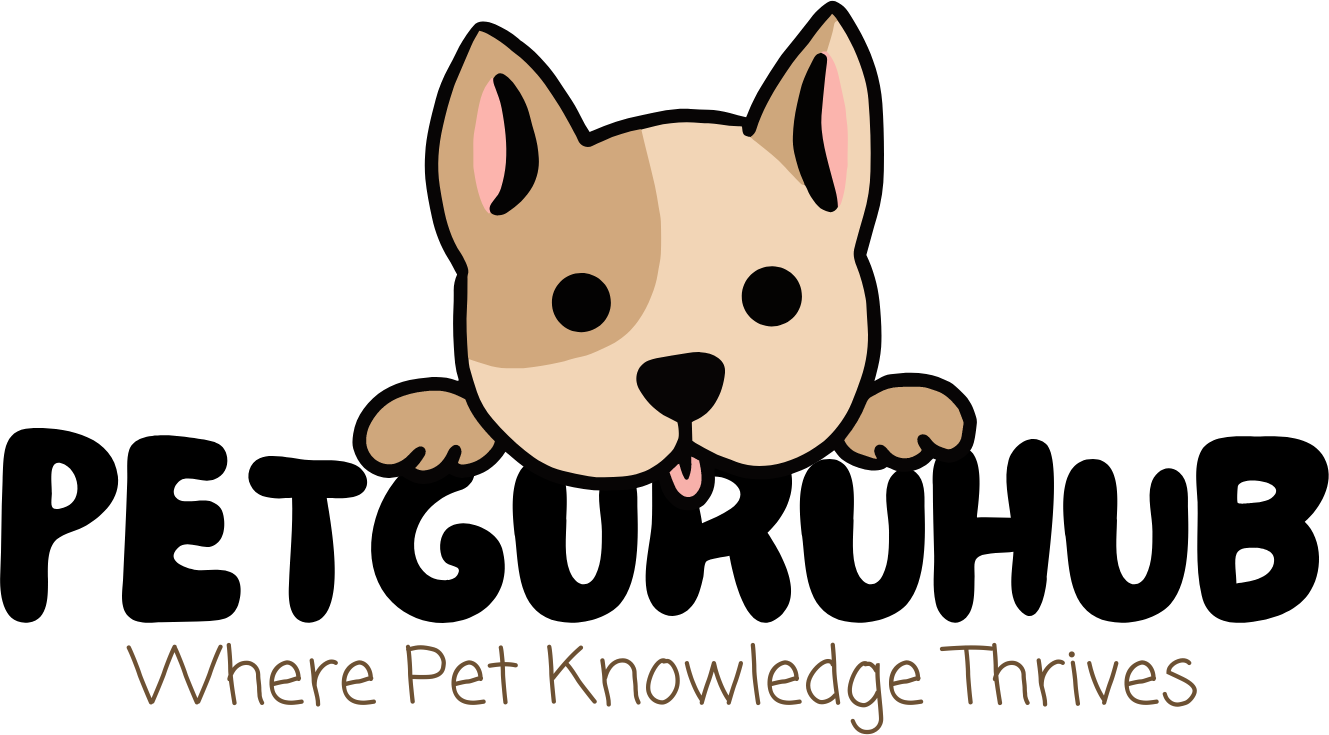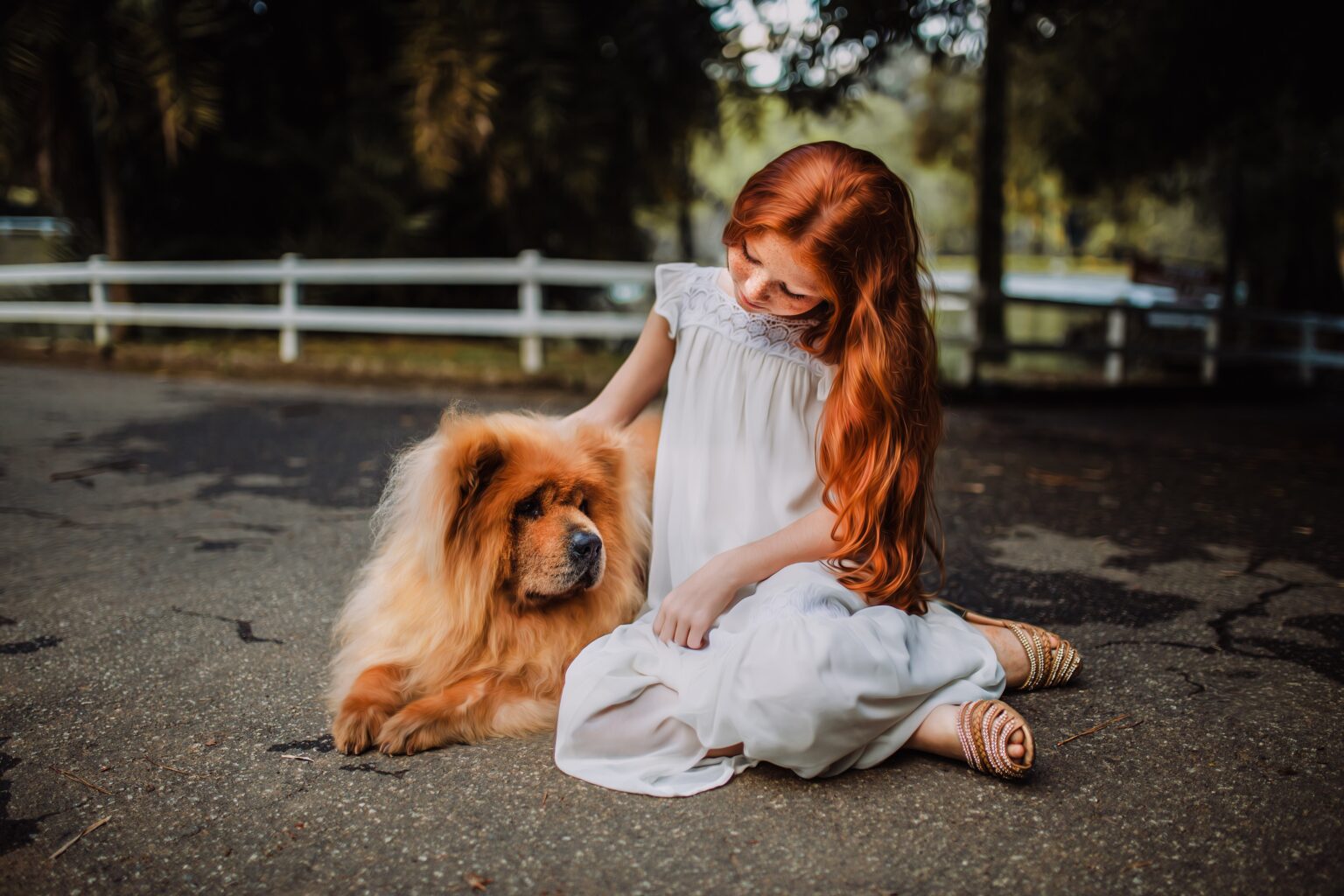Introduction
The importance of building strong bonds between dogs and kids cannot be overstated. Having a dog in a child’s life offers numerous benefits, including improved psychosocial health, emotional and cognitive development, and enhanced empathy and social skills. In this section, we will explore the science behind the human-dog bond and discuss how to foster a nurturing environment for both children and their canine companions.
- Children’s bond with companion animals
- Psychosocial health benefits of pet ownership
- Dogs as emotional support and stress reduction
A. The Science Behind Human-Dog Bonds
Research has shown that the bond between children and dogs can have a significant impact on a child’s psychosocial health, emotional well-being, and cognitive development. Some of the key benefits of this bond include:
- Empathy development: Interacting with dogs can help children develop empathy and understanding towards animals and other people.
- Social skills: Children who grow up with dogs often have better social skills and are more likely to engage in prosocial behaviour.
- Emotional regulation: Caring for a dog can teach children about responsibility, nurturing behavior, and emotional intelligence.
B. Choosing the Right Dog for Your Family
When selecting a dog for your family, it’s essential to consider factors such as breed characteristics, temperament, age, and size. Some popular breeds known for their compatibility with children include:
| Breed | Temperament | Size |
|---|---|---|
| Labrador Retriever | Friendly, Energetic | Large |
| Golden Retriever | Gentle, Intelligent | Large |
| Beagle | Curious, Affectionate | Medium |
| Poodle | Intelligent, Adaptable | Small to Large |
C. Establishing a Safe and Nurturing Environment
To create a safe and nurturing environment for both kids and dogs, it’s important to:
- Set boundaries and rules for both children and dogs
- Supervise and monitor interactions between children and dogs
- Teach children how to interact with dogs safely, such as approaching them calmly and avoiding sudden movements
D. Strengthening the Child-Dog Relationship
Encouraging shared activities and playtime can help strengthen the bond between children and dogs. Some ideas for activities include:
- Going for walks together
- Playing fetch or other games
- Teaching the dog new tricks or commands
In addition to shared activities, teaching children responsibility through pet care can further strengthen the bond. This may involve tasks such as feeding, grooming, and cleaning up after the dog.
By fostering empathy and understanding through communication, children can learn to appreciate their dog’s needs and emotions, leading to a deeper bond and a more harmonious relationship.
The Science Behind Human-Dog Bonds
The bond between children and dogs can have a significant impact on a child’s psychosocial health, emotional well-being, and cognitive development. In this section, we will explore the key benefits of this bond and the scientific research supporting these findings.
- Empathy development and social skills
- Emotional regulation and responsibility
- Cognitive development and problem-solving
A. Empathy Development and Social Skills
Interacting with dogs can help children develop empathy and understanding towards animals and other people[1]. Some of the ways dogs contribute to empathy development and social skills include:
- Non-verbal communication: Children can learn to interpret a dog’s body language and facial expressions, improving their non-verbal communication skills.
- Prosocial behaviour: Children who grow up with dogs often have better social skills and are more likely to engage in prosocial behaviour.
- Teamwork and cooperation: Working together with a dog to achieve a common goal, such as training or playing, teaches children the value of teamwork and cooperation.
B. Emotional Regulation and Responsibility
Caring for a dog can teach children about responsibility, nurturing behaviour, and emotional intelligence. Some of the ways dogs contribute to emotional regulation and responsibility include:
- Caregiving: Children learn to be empathetic and compassionate caregivers when they care for their pets.
- Emotional intelligence: Interacting with dogs can help children develop emotional intelligence, such as recognizing and managing their own emotions and understanding the emotions of others.
- Responsibility: Taking care of a dog teaches children about responsibility and the importance of fulfilling their commitments.
C. Cognitive Development and Problem-Solving
Dogs can help children develop essential cognitive skills, such as problem-solving and decision-making. Some ways dogs contribute to cognitive development include:
- Problem-solving: Training and caring for a dog can teach children how to approach and solve problems creatively.
- Decision-making: Children learn to make decisions and weigh the consequences of their actions when caring for a dog.
- Learning environment: Interacting with dogs can create a positive learning environment, promoting cognitive development and academic achievement.
By understanding the science behind the human-dog bond, families can better appreciate the benefits of having a dog in a child’s life and take steps to nurture this bond for the well-being and development of their children.
Choosing the Right Dog for Your Family
Selecting the right dog for your family involves considering factors such as breed characteristics, temperament, age, and size. In this section, we will discuss how to choose the best dog for your family and provide a table of popular breeds known for their compatibility with children.
- Factors to consider when selecting a dog
- Breed characteristics and temperament
- Age and size considerations
A. Factors to Consider When Selecting a Dog
When choosing a dog for your family, consider the following factors:
- Lifestyle: Evaluate your family’s lifestyle, activity level, and available time for pet care to ensure you can meet the dog’s needs.
- Living space: Consider the size of your home and outdoor space to determine the most suitable dog size and energy level.
- Allergies: If any family members have allergies, look for hypoallergenic breeds or breeds with minimal shedding.
B. Breed Characteristics and Temperament
Different dog breeds have unique characteristics and temperaments. Some popular breeds known for their compatibility with children include:
| Breed | Temperament | Size |
|---|---|---|
| Labrador Retriever | Friendly, Energetic | Large |
| Golden Retriever | Gentle, Intelligent | Large |
| Beagle | Curious, Affectionate | Medium |
| Poodle | Intelligent, Adaptable | Small to Large |
C. Age and Size Considerations
When selecting a dog, consider the following age and size factors:
- Age: Puppies require more time and attention for training and socialization, while adult dogs may already have established behaviors and require less training.
- Size: Larger dogs may need more space and exercise, while smaller dogs may be better suited for families with limited space or less active lifestyles.
- Growth potential: Keep in mind that some breeds may grow significantly larger than their puppy size, so consider the dog’s potential adult size when making your decision.
By carefully considering these factors, you can choose the right dog for your family, ensuring a strong bond and a positive experience for both children and their canine companions.
Teaching Children How to Interact with Dogs Safely
Educating children on how to interact with dogs safely is essential for preventing accidents and fostering a strong bond. Some tips for teaching safe interactions include:
- Approaching dogs calmly: Teach children to approach dogs calmly and quietly, avoiding sudden movements or loud noises that may startle the dog.
- Reading the dog’s body language: Help children understand and interpret the dog’s body language, such as recognizing when the dog is feeling anxious or uncomfortable.
- Respecting the dog’s boundaries: Encourage children to respect the dog’s boundaries, such as not hugging the dog too tightly or pulling on its tail.
By establishing a safe and nurturing environment for both dogs and kids, families can foster strong bonds and promote healthy development, ensuring a positive and lasting relationship between children and their canine companions.
Strengthening the Child-Dog Relationship Through Shared Activities and Responsibility
Fostering a strong bond between children and dogs involves encouraging shared activities, teaching responsibility, and promoting empathy and understanding. In this section, we will discuss various strategies to strengthen the child-dog relationship.
- Shared activities and playtime
- Teaching children responsibility through pet care
- Fostering empathy and understanding through communication
A. Shared Activities and Playtime
Engaging in shared activities and playtime can help children and dogs bond and create lasting memories. Some ideas for activities include:
- Going for walks together: Walking the dog as a family can promote teamwork and cooperation among siblings and strengthen the bond between the child and the dog.
- Playing fetch or other games: Interactive games like fetch, tug-of-war, or hide-and-seek can provide fun and engaging experiences for both children and dogs.
- Teaching the dog new tricks or commands: Working together to teach the dog new tricks or commands can help children develop problem-solving and communication skills while strengthening their bond with the dog.
B. Teaching Children Responsibility Through Pet Care
Involving children in pet care can teach them responsibility and empathy. Some tasks children can participate in include:
- Feeding: Encourage children to help with feeding the dog, teaching them about proper nutrition and portion control.
- Grooming: Show children how to brush the dog’s fur and clean their ears, promoting a sense of responsibility and care for the dog’s well-being.
- Cleaning up after the dog: Teach children the importance of cleaning up after their dog during walks or in the yard, instilling a sense of responsibility and respect for the environment.
C. Fostering Empathy and Understanding Through Communication
Helping children understand their dog’s needs and emotions can lead to a deeper bond and a more harmonious relationship. Some ways to foster empathy and understanding include:
- Observing the dog’s body language: Teach children to recognize and interpret their dog’s body language, such as tail wagging, ear position, and facial expressions.
- Active listening: Encourage children to pay attention to the sounds their dog makes, such as barking, whining, or growling, and discuss what these sounds might mean.
- Discussing the dog’s emotions: Talk with your child about how the dog might be feeling in different situations, helping them develop empathy and understanding for their dog’s emotions.
By incorporating shared activities, responsibility, and empathy into the child-dog relationship, families can create a strong bond that benefits both the child and the dog, promoting emotional well-being and healthy development.
The Role of Dogs in Child Development
Dogs play a significant role in child development, offering emotional support, stress reduction, and opportunities for building self-esteem and self-confidence. In this section, we will explore the various ways dogs contribute to a child’s emotional, cognitive, and social development.
- Emotional well-being and mental health
- Enhancing social competence and prosocial behavior
- Building life skills and resilience
A. Emotional Support and Stress Reduction
Dogs provide emotional support and companionship, helping children cope with stress and anxiety. Some of the ways dogs contribute to emotional well-being include:
- Unconditional love and affection: Dogs offer a non-judgmental and loving presence, helping children feel secure and supported.
- Stress reduction: Interacting with dogs has been shown to lower stress levels and promote relaxation.
- Depression prevention: The companionship of a dog can help prevent feelings of loneliness and isolation, reducing the risk of depression.
B. Building Self-Esteem and Self-Confidence
Caring for a dog can help children develop self-esteem and self-confidence through:
- Responsibility: Taking care of a dog teaches children about responsibility and the importance of fulfilling their commitments.
- Nurturing behaviour: Children learn to be empathetic and compassionate caregivers when they care for their pets.
- Achievement: Successfully training and caring for a dog can give children a sense of accomplishment and pride.
C. Enhancing Social Competence and Prosocial Behaviour
Dogs can help children develop social skills and engage in prosocial behavior, such as:
- Communication skills: Interacting with dogs can help children improve their verbal and non-verbal communication skills.
- Teamwork and cooperation: Working together with a dog to achieve a common goal, such as training or playing, teaches children the value of teamwork and cooperation.
- Conflict resolution: Children can learn to resolve conflicts and find solutions to problems by working through issues with their dogs.
D. Building Life Skills and Resilience
Dogs can help children develop essential life skills and resilience, including:
- Problem-solving: Training and caring for a dog can teach children how to approach and solve problems creatively.
- Decision-making: Children learn to make decisions and weigh the consequences of their actions when caring for a dog.
- Coping skills: Dealing with challenges and setbacks while caring for a dog can help children develop resilience and coping skills.
By fostering strong bonds between dogs and kids, families can support their children’s emotional, cognitive, and social development, setting them up for success in life.
Dogs and Special Needs Children
Dogs can have a profound impact on the lives of children with special needs, such as autism spectrum disorder, ADHD, and other developmental disabilities. In this section, we will explore the benefits of animal-assisted therapy and the role dogs play in supporting special needs children.
- Benefits of animal-assisted therapy
- Supporting children with autism spectrum disorder and ADHD
- Enhancing communication and social skills
A. Benefits of Animal-Assisted Therapy
Animal-assisted therapy (AAT) involves the use of trained animals, such as dogs, to help individuals with physical, emotional, or cognitive challenges. Some of the benefits of AAT for special needs children include:
- Stress reduction: Interacting with dogs can help reduce stress and anxiety levels in children with special needs.
- Improved communication skills: AAT can help children with communication difficulties develop their verbal and non-verbal communication skills.
- Enhanced social skills: Working with dogs can help children with social challenges improve their social competence and prosocial behaviour.
B. Supporting Children with Autism Spectrum Disorder and ADHD
Dogs can provide valuable support for children with autism spectrum disorder (ASD) and attention deficit hyperactivity disorder (ADHD) by:
- Providing a calming presence: The presence of a dog can help children with ASD and ADHD feel more relaxed and focused.
- Encouraging social interaction: Interacting with a dog can help children with ASD and ADHD develop their social skills and engage with others more effectively.
- Promoting routine and structure: Caring for a dog can help children with ADHD establish routines and improve their time management skills.
C. Enhancing Communication and Social Skills
Dogs can play a crucial role in helping special needs children develop their communication and social skills. Some ways dogs can assist in this area include:
- Non-verbal communication: Interacting with dogs can help children with communication difficulties improve their understanding of non-verbal cues, such as body language and facial expressions.
- Active listening: Working with a dog can teach children the importance of active listening and paying attention to others.
- Empathy development: Caring for a dog can help children develop empathy and understanding towards animals and other people.
By incorporating dogs into the lives of special needs children, families can provide valuable support and enhance their child’s overall well-being and development.
Conclusion: The Lifelong Impact of Strong Bonds Between Dogs and Kids
In conclusion, fostering strong bonds between dogs and kids can have a lasting impact on a child’s life, providing emotional support, enhancing cognitive and social development, and promoting overall well-being. By choosing the right dog for your family, creating a safe and nurturing environment, and encouraging shared activities and responsibility, you can help your child develop a deep and meaningful connection with their canine companion.
- Encouraging responsible pet ownership
- Positive family dynamics and sibling relationships
- The lifelong benefits of a strong human-dog bond
A. Responsible Pet Ownership
Teaching children about responsible pet ownership is an essential aspect of fostering strong bonds between dogs and kids. This includes:
- Understanding the dog’s needs: Educating children about their dog’s physical, emotional, and social needs helps them become more empathetic and responsible pet owners.
- Proper pet care: Ensuring that children participate in the daily care of their dog, such as feeding, grooming, and exercise, teaches them responsibility and commitment.
- Respecting boundaries: Teaching children to respect their dog’s boundaries and personal space helps create a harmonious and trusting relationship.
B. Positive Family Dynamics and Sibling Relationships
Having a dog in the family can contribute to positive family dynamics and improve sibling relationships by:
- Shared responsibility: Caring for a dog as a family can encourage teamwork and cooperation among siblings.
- Bonding experiences: Engaging in shared activities and playtime with the dog can create lasting memories and strengthen family bonds.
- Conflict resolution: Working through challenges and conflicts related to pet care can help siblings develop problem-solving and communication skills.
C. The Lifelong Benefits of a Strong Human-Dog Bond
The benefits of a strong bond between dogs and kids extend well beyond childhood, providing lifelong advantages such as:
- Emotional resilience: The emotional support and companionship provided by a dog can help individuals cope with stress and adversity throughout their lives.
- Social competence: The social skills and empathy developed through interactions with dogs can contribute to more successful relationships and social interactions in adulthood.
- A lasting connection: The bond between a child and their dog can create a lifelong connection, offering comfort, support, and cherished memories.
By nurturing strong bonds between dogs and kids, families can support their children’s emotional, cognitive, and social development, setting them up for success and happiness throughout their lives.


